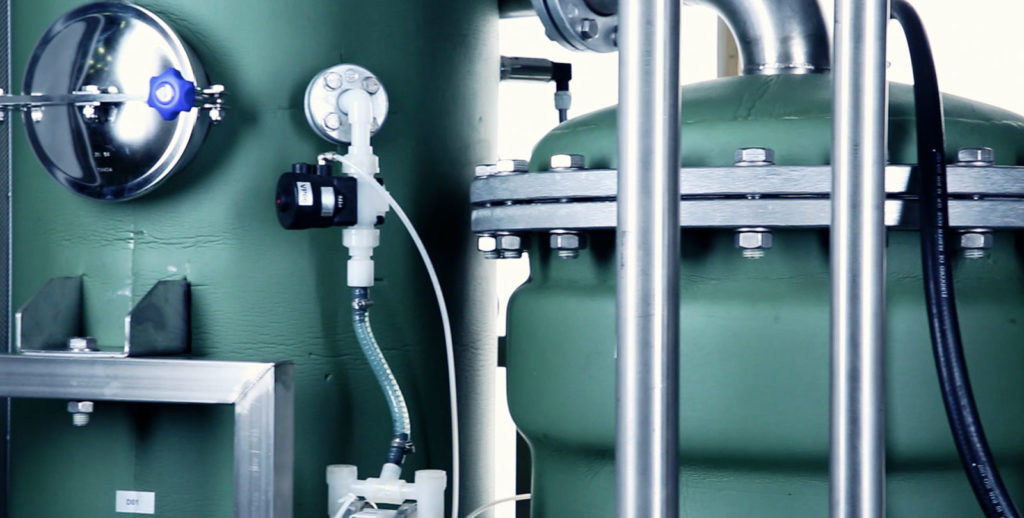Forced circulation evaporators are important pieces of equipment used in process industry to remove water from liquids.
When it comes to which type of evaporator to use for a specific application, operators have a number of different options to choose from. The use of forced circulation evaporators are common in operations where feed viscosity is at a level that inhibits natural circulation.

Forced circulation evaporators can achieve very high tubeside velocities and are capable of handling solutions with a broad range of physical properties. In these units, vaporization occurs in the vapor head, where the liquor and vapor are separated by gravity or centrifugal force. The hydrostatic head placed over the top tubesheet means that boiling can be increased or decreased to achieve a desired liquid-vapor blend.
Due to their independence from natural thermosyphon effects, forced circulation evaporators allow for higher heat transfer coefficients and are generally more versatile than other evaporators. They are also not restricted by liquid-vapor ratio, and turn down is as little as 5% of capacity. Their operational flexibility can be further improved by using external pumps to separate liquid and vapor and allow crystallization. This does not come without tradeoffs, however, as the pumps often need to be maintained, which increases cost.
Additionally, the high circulation velocities associated with forced circulation evaporators can increase the risk of internal corrosion. Plugging problems can also occur within input tubes due to salt build up.
Overall, forced circulation designs are the most versatile type of evaporator, but generally are the most expensive to operate and maintain.
Honiron Manufacturing is an industry-leading designer and manufacturer of pressure vessels. For more information or to speak with one of our qualified experts, contact us today.
